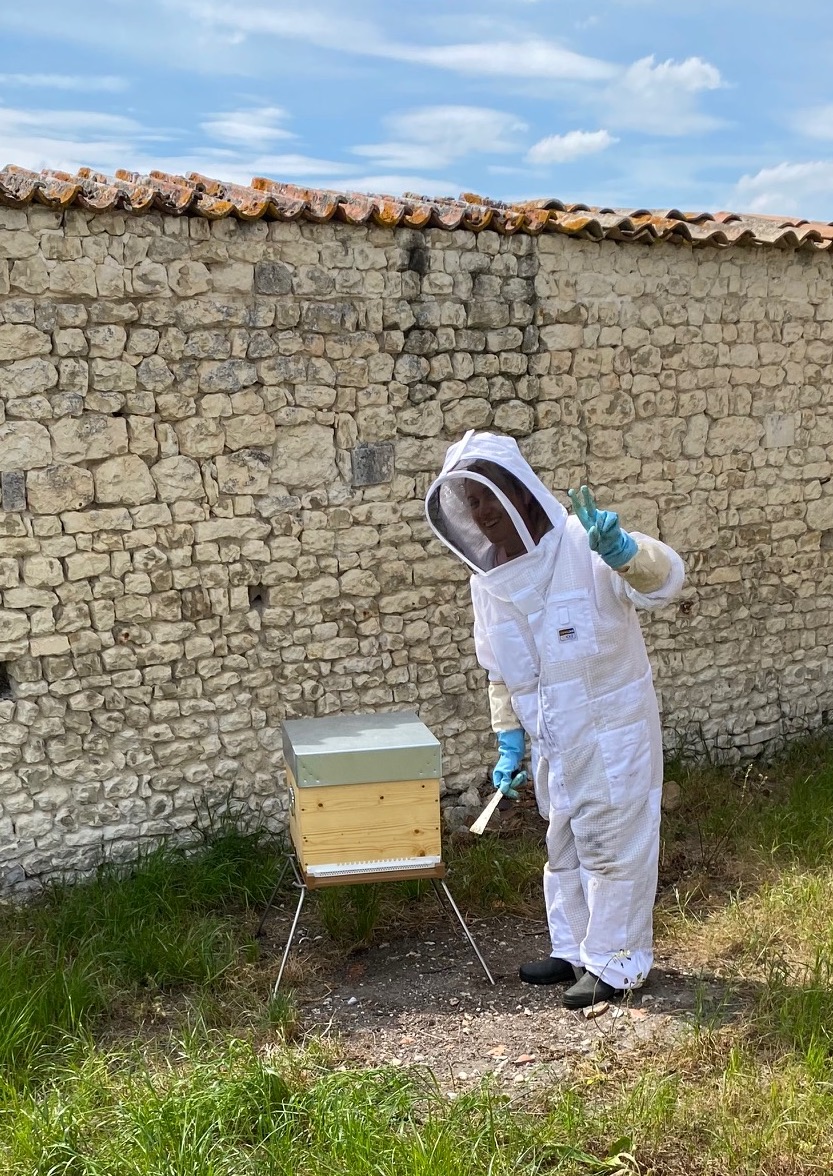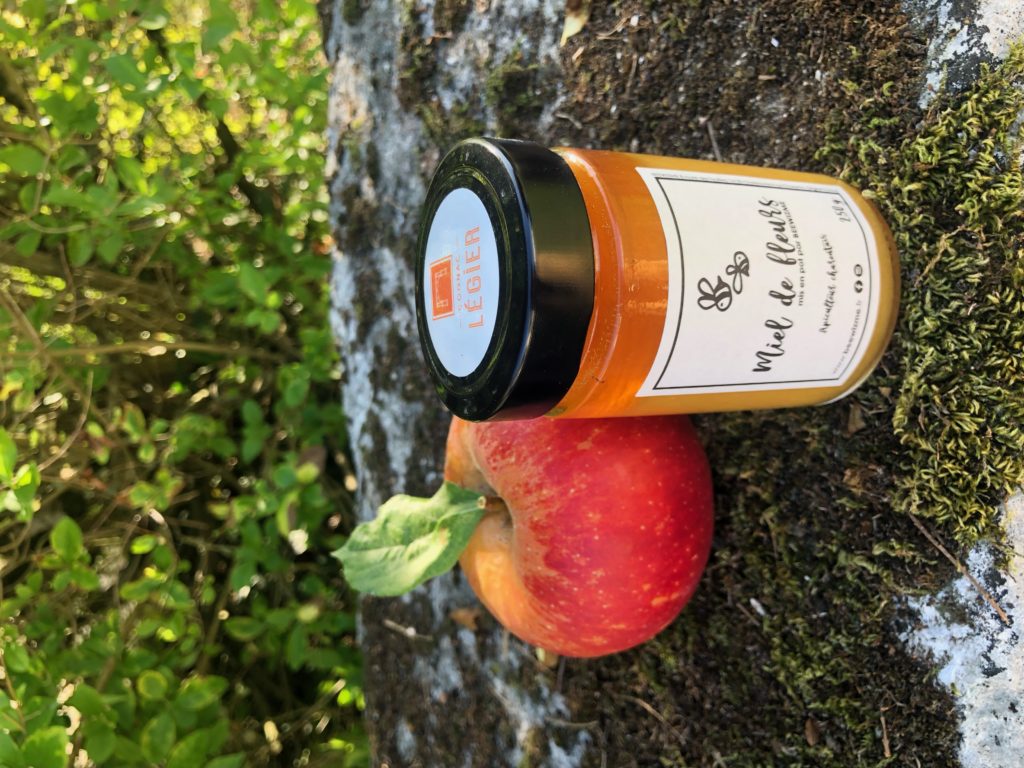We expanded the family!
The life of the hive
We all know that bees are in critical danger.
So at Cognac Légier we decided to act for them!
We have been in partnership with Thomas, a beekeeper from Charente, for several years. He came to the estate to install hives so that they could have shelter, water and something to forage for. Thus, we want to promote our local ecosystem and for our vines to be full of life. And now, thanks to them we have a harvest of honey in addition to grapes 🙂
We want to carry this project over several years in order to increase the number of hives present on the estate.
We therefore took an interest in these little creatures and we explain to you a little how they work:
Like any business, bees form a very organized society. It is the number 1 insect for pollinating trees and flowers.
The queen, who lays eggs throughout her life, is surrounded by around 50,000 bees working to ensure the survival of the hive. Its lifespan depends on its month of birth. In fact, a bee that is born during spring/summer will only live 35 to 45 days.
On the other hand, a bee that is born in the fall lives several months to ensure the survival of the colony in winter.

During its life, a bee will perform up to 8 different tasks:
In the first days of its life, the bee works to keep the hive clean and healthy.
The nurse is responsible for feeding, watching over and protecting the larvae. In total, a larva receives 1,000 feeding visits and 7,000 check-up visits from its conspecifics.
She is responsible for building the combs of the hive. To do this, they secrete wax scales which they stick together.
The handler collects the nectar from the foragers before storing it in the cells.
She regulates temperature, humidity and carbon dioxide in the hive, just by flapping wings. Also, she dries nectar.
Posted at the entrance of the hive, she controls the incoming bees using their sense of smell.
Finally the forager looks for nectar, pollen and water, these essential elements for the hive. It makes between 10 and 100 trips per day (depending on the distance of the flowers) to supply the colony.

